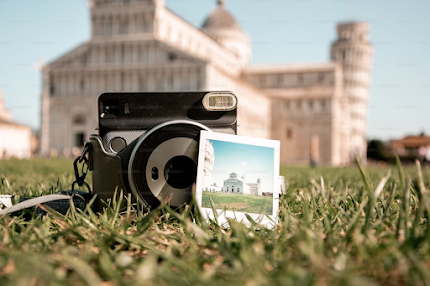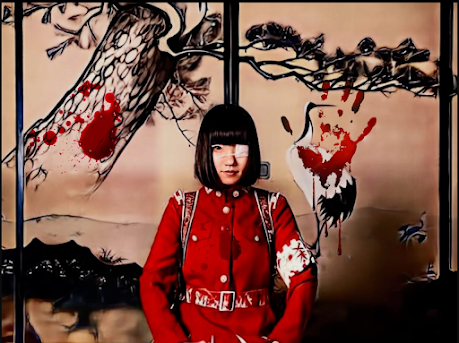Capturing Memories: The Rise of Popularity in Polaroid Photography
Introduction
In an era dominated by digital advancements and instant gratification, it is surprising to witness the resurgence of a vintage medium: Polaroid photography. This nostalgic art form, which was at the pinnacle of popularity decades ago, has once again captured the hearts of both professional photographers and amateur enthusiasts alike. In this blog, we will delve into the reasons behind the resurgence of Polaroid, exploring the unique charm it holds and its appeal in the digital age.
The Polaroid Phenomenon
Polaroid, originally invented by Edwin Land in the late 1940s, revolutionized the way we captured and experienced photography. With the ability to produce instant prints, Polaroid cameras offered a tangible and immediate result, allowing users to hold their memories in their hands within seconds. For years, Polaroid cameras and films became ubiquitous, capturing countless special moments and making photography accessible to all.
The Digital Age and the Yearning for Tangibility
In the digital age, where virtually every moment can be captured on a smartphone and stored in the cloud, there has been a growing sense of detachment from the physicality of memories. People are yearning for a tangible connection to their experiences, something they can hold, display, and share in a more personal way. This is where Polaroid photography steps in, filling the void left by digital images.
The Allure of Instant Gratification
In a world of filters, edits, and post-processing, Polaroid offers a refreshing change. It brings back the concept of "what you see is what you get." The instant nature of Polaroid cameras eliminates the need for retouching or editing, encouraging photographers to embrace imperfections and appreciate the raw beauty of each shot. The unpredictability of the outcome adds an element of excitement and surprise, making each print truly unique.
Nostalgia and Aesthetic Appeal
Polaroid photography has an undeniable charm, evoking a sense of nostalgia for a bygone era. The vintage aesthetic, characterized by soft tones, vignetting, and a dreamy quality, has become highly sought after in the modern photography scene. Polaroid prints also have a distinct physicality, with their characteristic white borders and the iconic Polaroid logo, which further adds to their appeal.
Social Media and the "Instagrammable" Culture
Ironically, the rise of social media platforms like Instagram, with their filters and photo editing options, has played a significant role in the resurgence of Polaroid. In an era where everyone strives to curate the perfect online persona, Polaroid photography offers an alternative to the highly edited and polished images flooding our feeds. It has become a way for individuals to stand out, showcasing a more authentic and unfiltered side of their lives.
The Art of Slowing Down
In a world that is constantly in motion, where everything happens at the speed of a click, Polaroid forces us to slow down and appreciate the process. With a limited number of shots per pack, each click becomes more meaningful, encouraging photographers to be more deliberate and thoughtful in their compositions. This deliberate approach to capturing moments is a refreshing departure from the disposable nature of digital photography.
Conclusion
The resurgence of Polaroid photography is a testament to the enduring power of tangible memories and the human desire for a more tactile connection with our experiences. In an age dominated by digital imagery, Polaroid offers a unique and immersive photography experience that is both nostalgic and contemporary. By embracing imperfections, celebrating the instant, and bringing back the tangible nature of photography, Polaroid has regained its popularity and continues to inspire a new generation of creatives who seek to capture the essence of life in a more tangible and authentic way.




Comments
Post a Comment